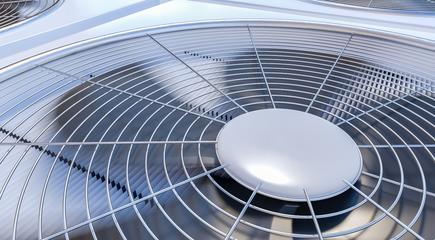The Next Step Toward the Electrification of Everything
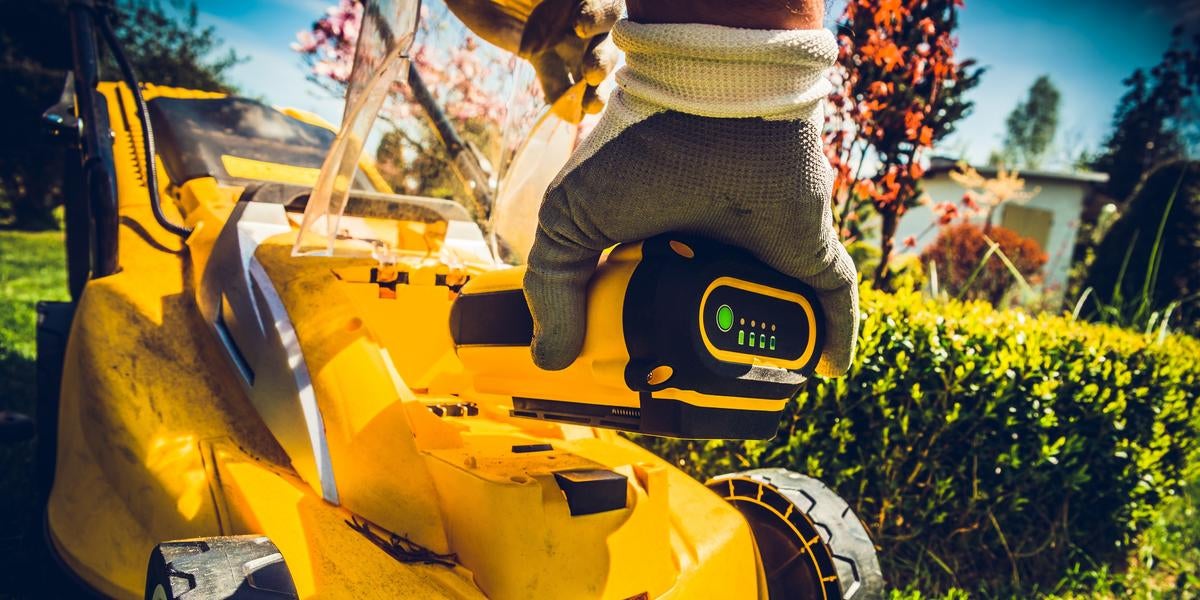
The electrification of transportation is well under way, from land to water, and even the sky. So, what's next? If you live in California, the next step toward the electrification of everything is to replace internal combustion engines (ICEs) rated for 25 horsepower (HP) (19 kW), or less, with electric motors. A recent law in California, AB-1346, bans the sale of all small ICEs in landscape maintenance, and similar equipment, by January 1, 2024.
SOREs are being targeted because even with today’s more stringent emissions standards, they are still one of the largest sources of air pollution. According to the California Air Resources Board (CARB), using a SORE-powered commercial lawn mower for an hour produces the same air pollution as driving a Toyota Camry about 300 miles. And one hour of operation for a SORE-powered leaf blower pollutes as much as driving that Camry 1,100 miles1 (Figure 1). On top of that, the pollution from cars is decreasing year-over-year, while pollution from SOREs is increasing.
The new law applies to small off-road spark-ignition engines (SOREs) that use gasoline, liquified petroleum gas (LPG) or compressed natural gas (CNG). SOREs that run on diesel are exempt from the regulations. The regulations do not ban the use of existing SOREs, just the purchase of new ones. The effected equipment is a broad category that includes landscape equipment such as leaf blowers and vacuums, chainsaws, lawn mowers, pressure washers and more.
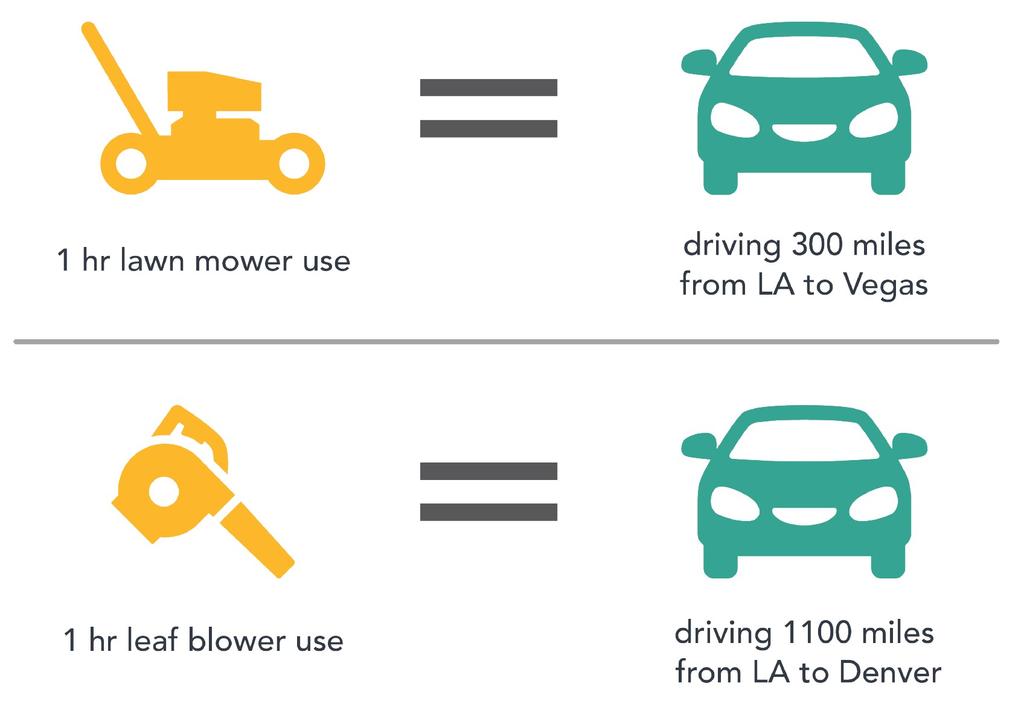
Why Now?
The new requirements have been under development for several years, and there are several reasons for implementing AB-1346 now. First, much progress has already been made, and the timing seems right to incentivize the market to move more quickly. According to an earlier study by CARB, almost 40% of the residential lawn and garden equipment is already electrified, including2:
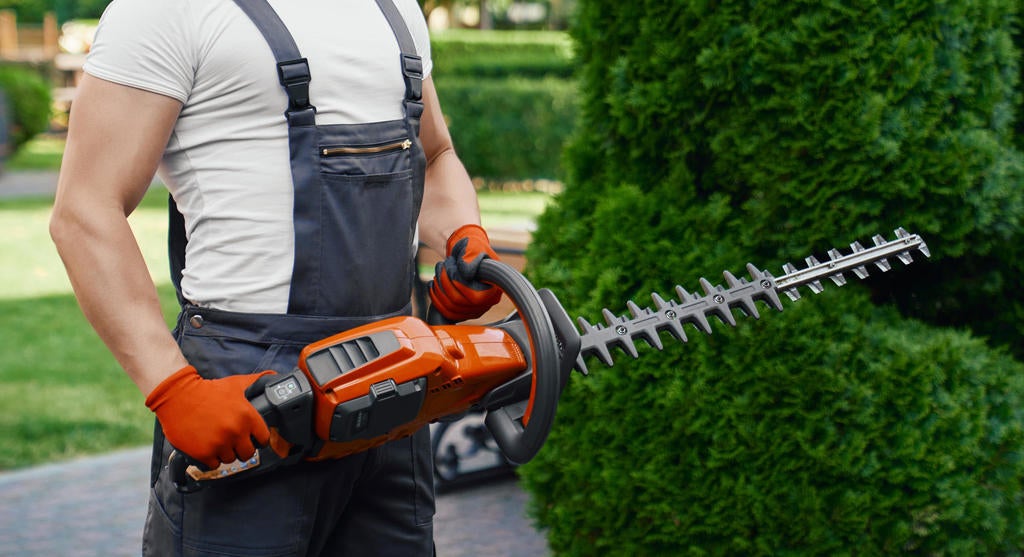
- Nearly 70% of the leaf blowers and vacuums
- Over 50% of the trimmers, edgers, and brush cutters
- 30% of the chain saws
- 15% of the lawn mowers
Second, 77% of SOREs are residential equipment, only 9% are commercial equipment, 11% are federally regulated construction and farming equipment, and 3% are other equipment types (such as generators and utility carts).
In addition, electric alternatives have improved in performance. For example, a self-propelled electric lawn mower with 80 V operation and an interchangeable 5.0 AH lithium-ion battery pack can operate for about an hour on a single charge and cover up to an acre of lawn3. The interchangeable battery pack for this mower can also be used to power over 50 other lawn care tools from the same manufacturer, reducing the effective cost by spreading the cost of the battery pack over several machines.
Finally, and maybe most importantly, CARB predicts that given current trends, SORE emissions could be twice as much as those of passenger cars by 2031 in the Greater Los Angeles area1 (Figure 2), and SORE emissions are climbing while total automobile emissions are falling. With automobile emissions “under control,” CARB believes now is the time to tackle SORE emissions and move the trend line onto a downward trajectory (and to zero over time) before they get more out of control.
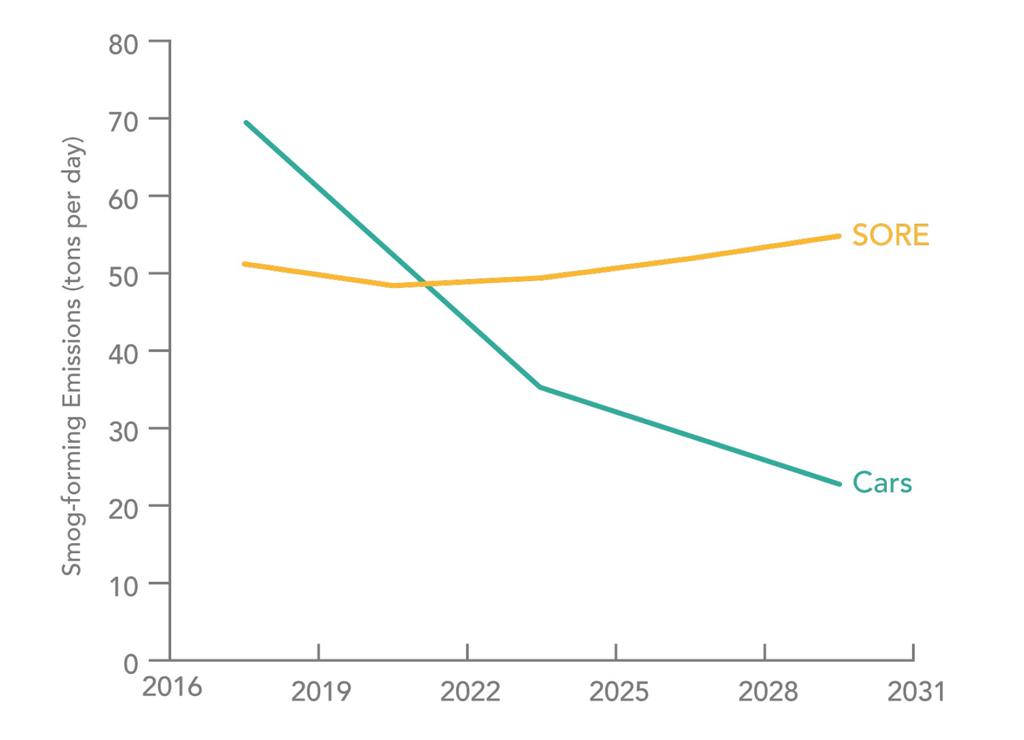
Where’s the Opportunity?
As noted above, the majority of small equipment types such as leaf blowers, trimmers and edgers are already electric. While there’s still an opportunity to finish the complete electrification of those devices, the real opportunity lies with larger motors for chain saws, and especially for lawn mowers. There are numerous opportunities that will result from the adoption of AB-1346, including:
- Electric motors, of course. Most of these machines, especially the larger ones, use brushless DC motors.
- Drive and control electronics. Lightweight and compact motor drive solutions are a requirement. And, except for small devices such as trimmers, the drives need to be able to operate with rechargeable batteries.
- Battery packs, battery management, and battery chargers. Most of these machines use batteries with various lithium-ion rechargeable chemistries.
- Connectivity solutions to tie it all together. Connectivity needs range from the power buses between the drive and the motor, to the pluggable connectors for interchangeable battery packs, wiring for controls and sensors, and so on.
Steppingstone
The new regulations will not be the last—either in California or around the globe. Many believe that AB-1346 will prove to be a steppingstone to larger gasoline- and diesel-powered machines used in agriculture and industrial settings. For example, there’s already a push to use all electric tugs and baggage handling equipment at airports and electric yard tractors in container terminals. Stay tuned for the next step toward the electrification of everything.
References:
- Driving Equivalents, California Air Resources Board
- Report to the Board on the Potential Electrification Programs for Small Off-Road Engines, California Air Resources Board
- PRO 80V 21" brushless self-propelled electric lawn mower


